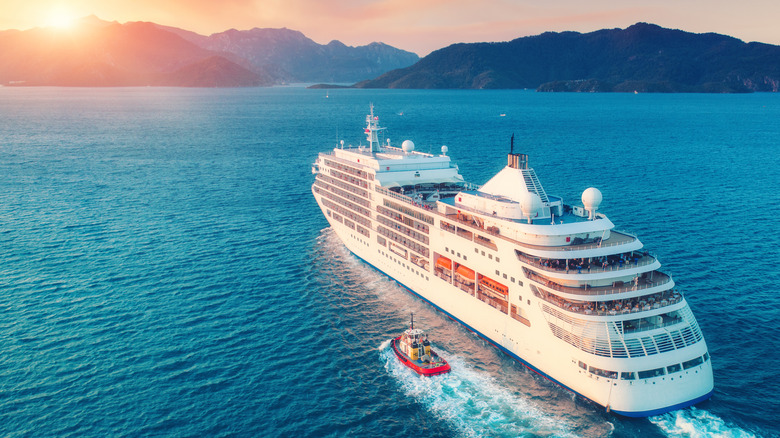Travel Guides Cruises
Matt Berry
Each year, millions of seafaring vacationers unmoor from everyday life to take a cruise. Whether you’re planning to sail on a family-friendly Disney cruise, bon voyage on a romantic honeymoon, or unwind on the water with college friends, the cruise industry caters to all types of vacationers. For some, the ship’s route is most important, while others may choose a cruise based on the quality and size of the vessel itself.
However, after deciding on what cruise to take, the next important decision you’ll make concerns your onboard accommodations. The choices nowadays can be a bit overwhelming. While sailing the seas in a posh balcony suite is tempting, these luxury rooms can be prohibitively expensive. For those cruising on a budget, an interior cabin is typically the cheapest and most viable option.
That said, first-time cruisers tend to worry that a smaller interior room without any windows may feel a bit claustrophobic. Fortunately, there is one tip for making an interior room seem more open and comfortable — create an atmosphere.
Open up the environment with a few simple tips

Baona/Getty Images
When staying in an interior cabin, creating an atmosphere goes beyond aesthetics. It’s more about bringing the outside world inside. One of the biggest drawbacks of an interior room is the lack of outside daylight. You’d be surprised how much our circadian rhythms depend on it. However, to help keep in time with the outside world and make interior rooms more comfortable, experienced cruisers suggest taking battery-powered candles with built-in timers.
On the Cruise Critic forum, one community member wrote, “I took some flameless tea lights on my cruise in May, they worked great and the battery lasted all week. I put two in the bathroom and two on the counter. They provided a soft glow and just enough light to maneuver around in your stateroom at night.” Remember, real candles are strictly prohibited on cruises, as they’re fire hazards.
Along with electric candles, you may also consider bringing a small, chargeable fan. While it won’t exactly simulate the ocean’s breeze, circulating air can make the inside cabin feel, well, more airy and open. Finally, your cabin’s TV probably features a channel with a recording of the ship’s exterior, offering a gentle reminder of the vast horizon outside. Again, it’s about creating an atmosphere that opens up the room’s environment.
Interior cabins offer plenty of advantages

ODIN Daniel/Shutterstock
While creating an atmosphere is an effective way to fight cabin fever, we should mention that interior cabins aren’t necessarily cramped, dark, and dingy. For instance, Disney Cruise Line’s ships feature “Magic Portholes” in their interior cabins, while some interior rooms on Carnival ships offer views of the interior promenade or other public spaces.
There are plenty of advantages to choosing an interior cabin. Since they’re typically the most cost-effective option, you can often cruise longer, more often, and on more expensive ships. Within a year, you may be able to cruise three times in an interior room for the same price as cruising once in a balcony suite.
Also, solo cruisers may not have a choice. Unfortunately, solo cruisers typically need to pay a single supplement charge, which is a fee that pays for your nonexistent bunkmate. While not common, some cruise lines do offer single-occupancy cabins, but these are almost exclusively interior staterooms.
Overall, there’s nothing wrong with choosing an interior cabin, and there’s one guaranteed cure-all for cabin fever. Step outside! There are plenty of cruise areas to explore, decks to lounge on, poolside cocktails to sip, and people to meet. Nothing beats cabin fever quite like enjoying yourself.

